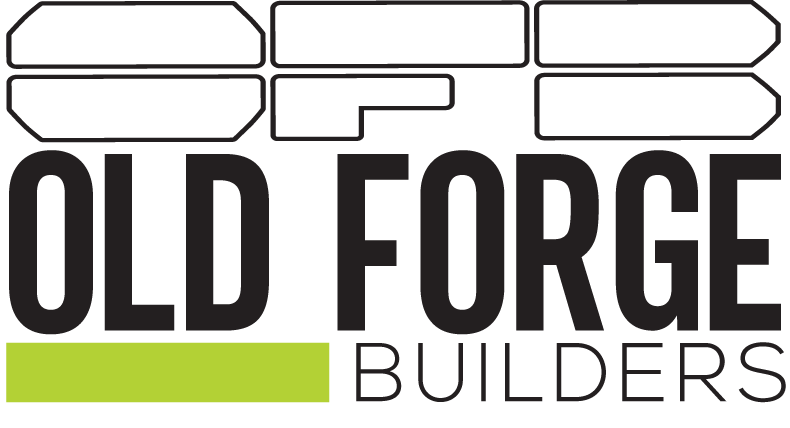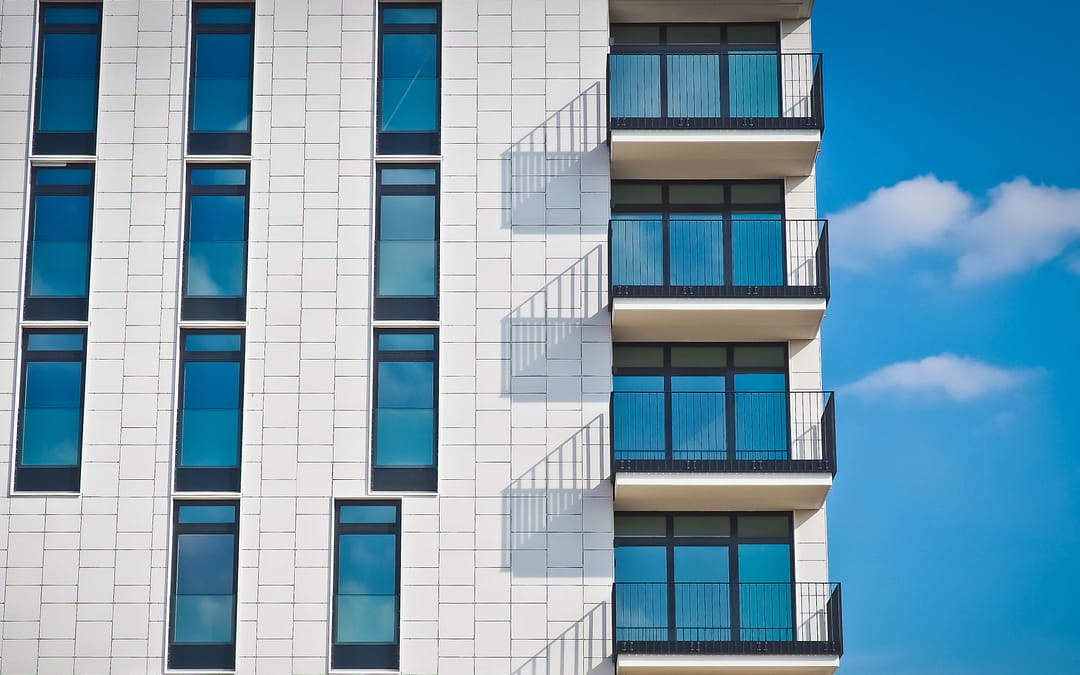Having sights on multifamily construction, it’s always good to sit in on a panel discussion looping in the latest progression in the space. Specifically within the Philadelphia region, tax incentives are a big component of how developers can effectively harness favorable cap rates. With some recent legislative shifts in how the tax abatement for Philly-area development takes shape, there has been extreme compression on returns for multifamily developers. Structuring deals around the evolution of technology, means of funding, and new concepts in living spaces is a necessity.
Currently, the rental market in Philadelphia is stable; however in 10-15 years, this has the potential to drastically shift. The approaching “Silver Tsunami” of the Baby Boomer generation approaching retirement age and pursuing condos to downsize in can have interesting implications on the local real estate market. With representation as 20% of the total US population, Baby Boomers have always been a shaper of where real estate heads, and the next 10 years will be no different.
Another facet of multifamily that been increasing is the extended stay market, encompassing a long stay non-hotel furnished model, accommodating users looking for a concierge-level experience. This model has become notorious for offering professional managers giving a consistent product, no matter what the location for long stays averaging 3 to 6 months. Driven by a lagging guest satisfaction in AirBnb and VRBO type platforms, the extended stay market is equipped with service for guests similar to a hotel setting. This is often pursued by traveling executives or even entire corporate teams.
There are some technologies and ideologies mentioned that can make holding a multifamily property substantially easier:
Work Order Management Software
With tenants reporting issues digitally, maintenance staff can fix the issue as a ticket item, and management can have a record of all facility related tasks while tracking progress on outstanding issues.
High Performance Spaces
Landlords can pursue green certifications and engage a consultant to assess aggregate data for usage YOY and how savings accumulate with upgrades. This is appealing to new tenants when landlords market the energy savings compared to competing buildings.
Evolutions of LEED
Concepts such as “Well” and Fitwel” certified spaces are the newest iterations of LEED, dictated by how an individual interacts with a space. In a commercial building marked with the “Well” title, interaction with the space positively shapes an occupant’s health/productivity. Investment in this often pays dividends in productivity value, and the same goes for multifamily spaces boasting amenities and current features.
The panel’s discussion confirmed that for the first time, the cost of a green engineered building can be less than non-green structures. There is an environmental push for the impact this can drive, but also a huge cost benefit in the longer-term picture as well. Regardless of what benefit pushes an investor towards multifamily, there are plenty of areas of opportunity, and Philadelphia seems to be very receptive.

